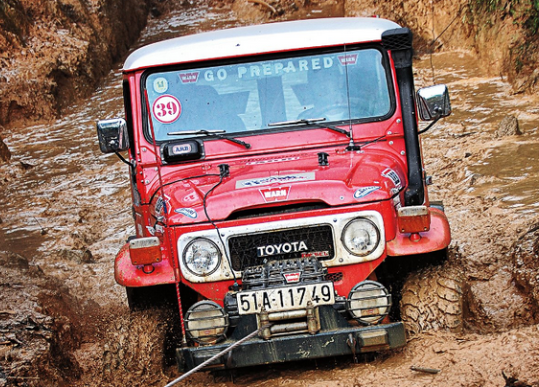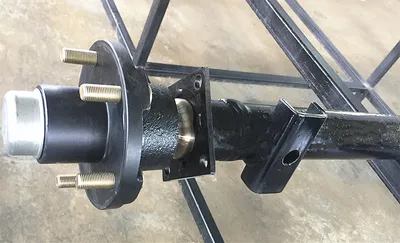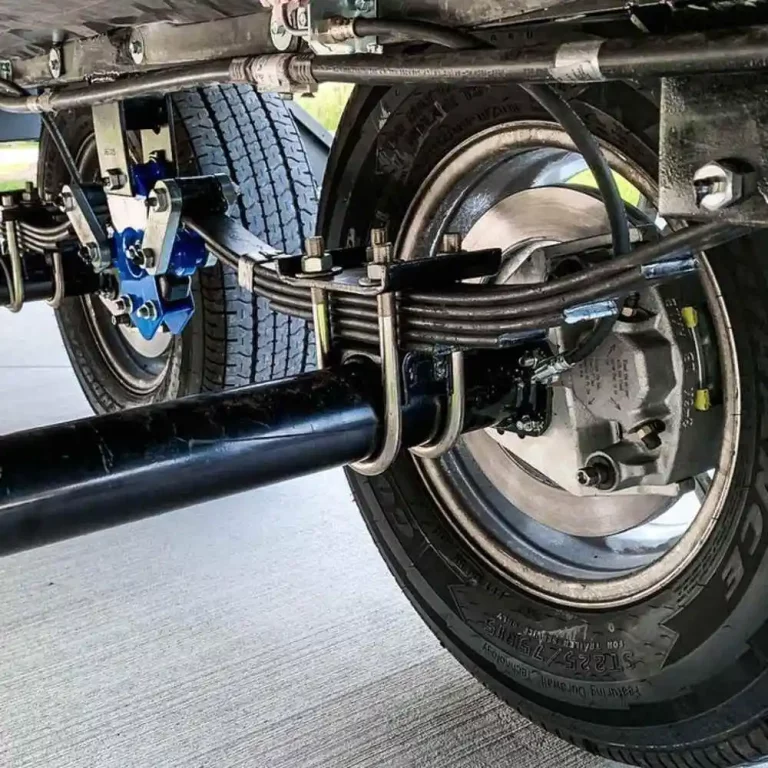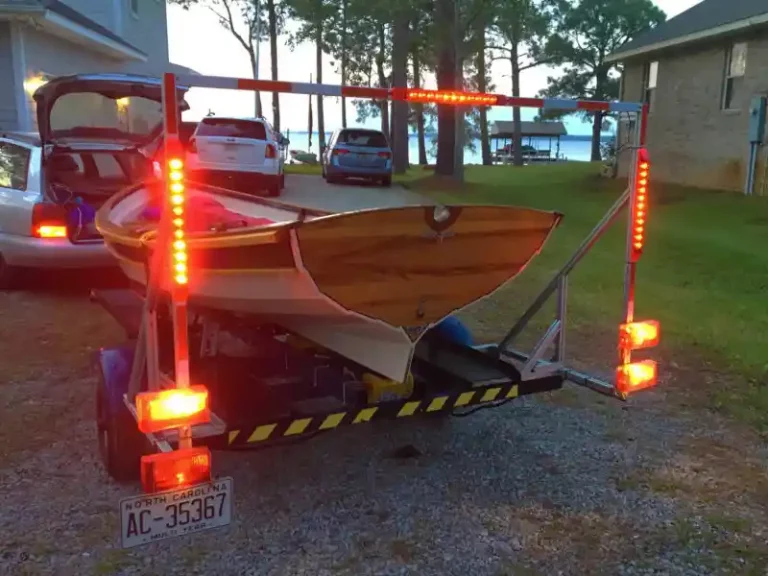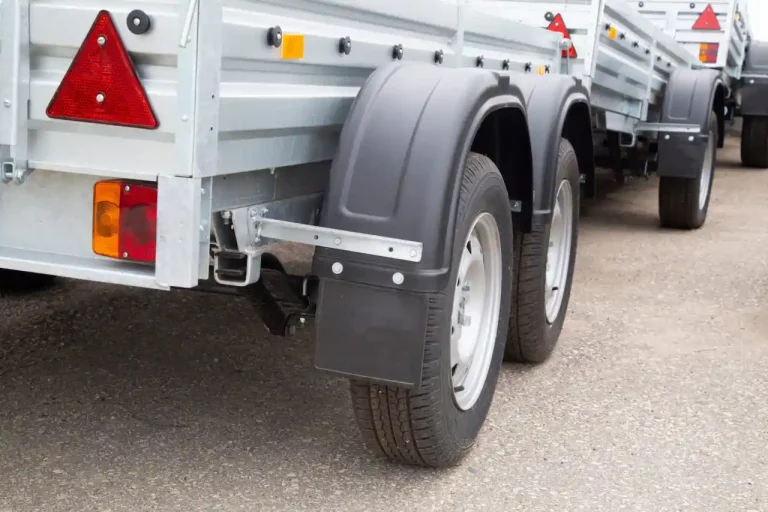As long as you are a cross-country enthusiast, you must always yearn for the mountains and rivers in the distance. However, on the way to the end, it can never be a smooth road, and the sudden appearance of mud and quicksand may put you in danger at any time.
That’s when getting out of trouble becomes your top priority.
However, off-road rescue has always been a technical job, and a simple “big miracle” will only lead to additional dangers. According to relevant data, nearly 60% of off-road safety accidents occur when the vehicle is trapped. And the accidental death of our famous racing driver Xu Lang is also caused by the wrong way of rescue.
When and where safety is the first factor to be considered, outdoor cross-country than road driving, how far to go to experience what kind of danger is far less important than safe home.
The winch, as the ultimate rescue equipment of modern off-road vehicles, is often called the “fifth driving force” outside of four-wheel drive. After all, no matter how big your displacement, there are several differential locks, once the car is trapped, it is not as good as the winch.
But everyone knows that the use of the winch seems simple, in fact, there are many doors, if the operation is improper, there are many hidden dangers. Nowadays, many players have installed expensive and performance-explosive winches on their cars, but after several years of installation, the understanding of this equipment is still in the stage of being able to simply rewind and release the rope.
Today we’re going to talk about how to use a winch properly.
pre-judge
Once you decide to use a winch in a trap, remember not to “just do it”.
Should first get out of the car to observe the terrain and environment, roughly calculate the tension required to escape, and determine the length of the cable needed. You can operate intuitively.
But everyone knows that the use of the winch seems simple, in fact, there are many doors, if the operation is improper, there are many hidden dangers. Nowadays, many players have installed expensive and performance-explosive winches on their cars, but after several years of installation, the understanding of this equipment is still in the stage of being able to simply rewind and release the rope.
In order to give you a proper understanding of this “fifth driving force”, today we will talk about how to use the winch properly.
pre-judge
Once you decide to use a winch in a trap, remember not to “just do it”.
Should first get out of the car to observe the terrain and environment, roughly calculate the tension required to escape, and determine the length of the cable needed. An additional point here is that the maximum force indicated by the winch can only be reached when the cable reaches the last layer of the drum.
However, considering the possibility of breaking the cable, in actual use, the steel cable needs to leave at least 5 laps on the drum, and the soft cable at least 10 laps.
If the tension provided by the winch cannot be freed, it is necessary to consider the use of a pulley block for amplification.
Anchor point
Once you have a basic understanding of the situation, you can start making plans to find anchor points.
If using a tree as an anchor, be sure to use a tree hug. If it is fixed on the peer vehicle, it is best to choose the original factory or the tow point fixed on the girder. Remember not to hang directly on the modified metal front bar, otherwise the huge tension will cause the metal bar body to “fly free”. At the same time, in order to prevent the cable from piling up on the side of the drum, the rescue should be dragged as straight as possible.
Equipping Items
When this is done, it is important to remember to wear protective gloves before handling the winch. This step is to prevent chafing the hand while retracting the rope and to resist cuts on some of the sharp metal corners. In addition, it is also necessary to pay attention to whether there are sharp rocks or obstacles in the line of activity of the cable, especially for soft cable users. When the anchor point is ready, it is time to the common “cable flag time”, considering that the vast majority of players have not purchased a special cable flag, then the use of clothes filled with heavy objects, knitting bags, etc., can also play a role in preventing the cable from breaking and flying.
Remember, this step is not lazy.
Use
With everything in place, the real rescue work can begin. The original winch controller connection line is generally relatively long, so the wire should avoid the winch guide as much as possible when in use, so as not to be rolled into the winch with the cable.
Before tightening the cable, let the loose cable slowly straighten, and then determine again whether the cable flag state, rescue route and anchor point fixing is reasonable. For safety reasons, all irrelevant personnel will need to step back outside the ejection radius of the cable during the rescue, and the operator should choose to tighten the winch in the cockpit. In the rescue process, it is necessary to always pay attention to the winch load, the rescue vehicle power reserve and the state of the rescued vehicle, and it is not necessary to “rush to success”.
At the same time, the rescued vehicle can be properly slow according to the current state of the fuel door, do not “vigorously out of the miracle”, otherwise once the adhesion is restored instantaneously, the slack cable is likely to be involved in the axle, in the wild want to solve this problem is not easy. (Don’t ask me how I know)
ending
I understand your joy after the successful escape, but please be sure to stop the vehicle and put into P gear before finishing the work.
Before lifting the winch hook, make sure the cable is relaxed. Regular azimuth changes are required when rewinding the cable so that the cable is evenly and tightly wrapped around the drum, preventing the outer cable from getting stuck into the inner layer and forming a tangle. When the distance from the cable to the guide is the same as the length of the controller line, the “safety belt” is required for the next operation. In the case of WARN products, the red harness on the front of the hook is used to prevent hands from getting between the tow hook and the guide, if your winch does not have this, you can use a rope or a long towel instead.
upkeep
In the actual rescue process, it is inevitable that there will be slack or uneven winding when rewinding the cable. In order to consider the life of the winch and the cable, it is recommended to return to the home and then release the cable to re-organize once, in addition, if the rescue causes the winch body/control box to soak in water for a long time, but also remember to contact the dealer as soon as possible for maintenance.
As long as you have mastered the above points of operation, you will have been able to play the full strength of the winch in most cases. But still want to remind you again, cross-country is not all of life, only safe home is the hard truth.


